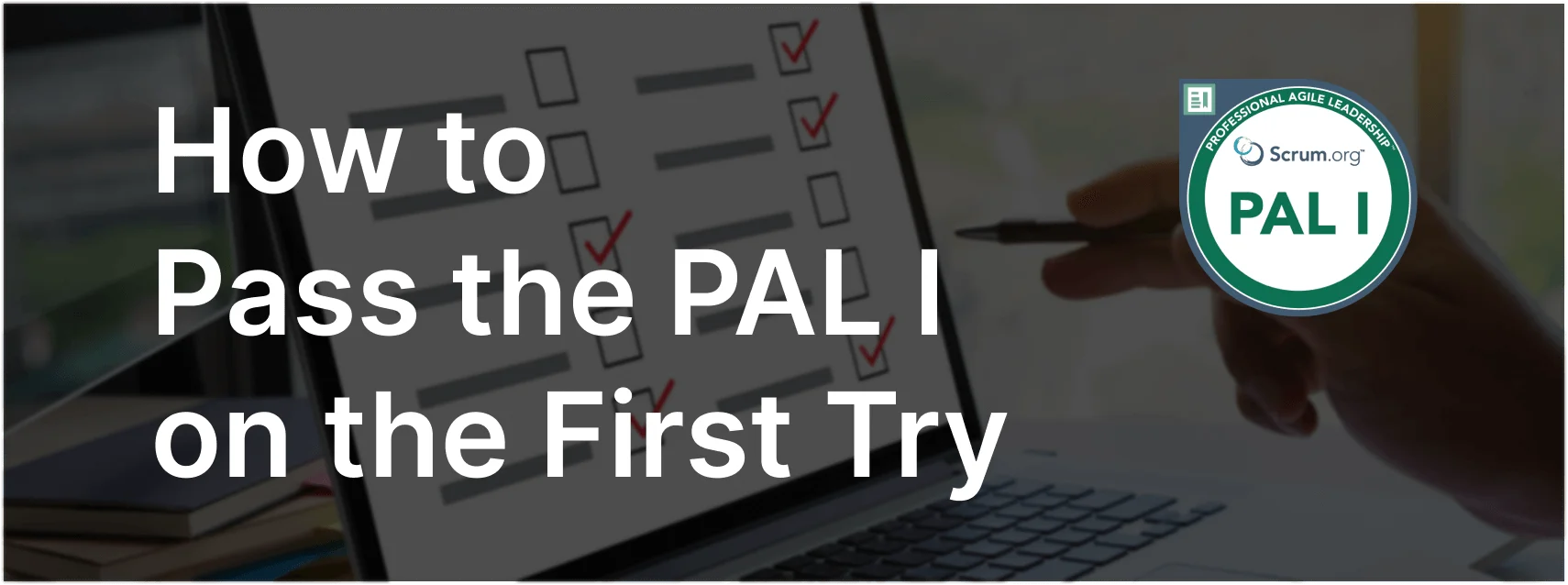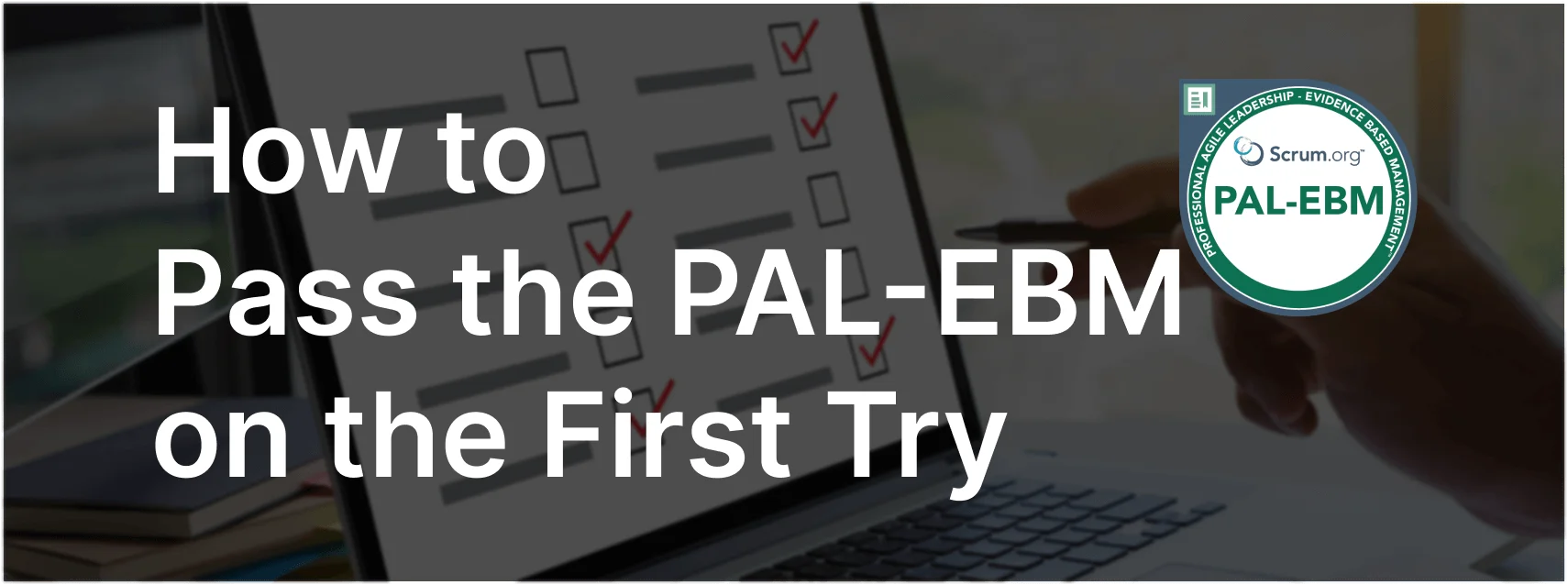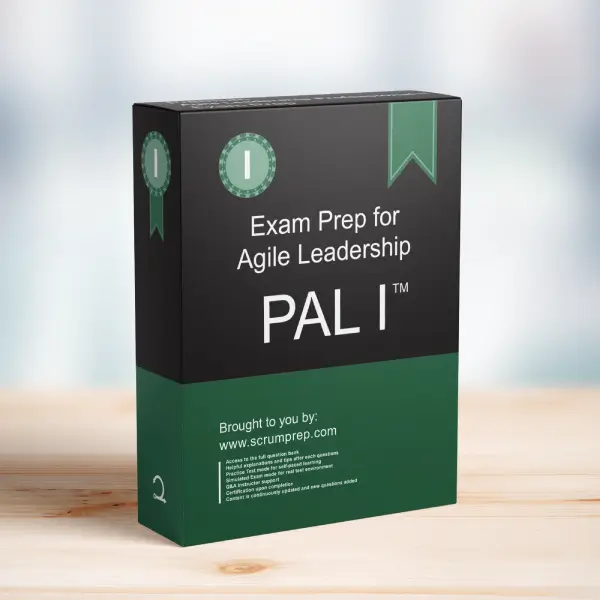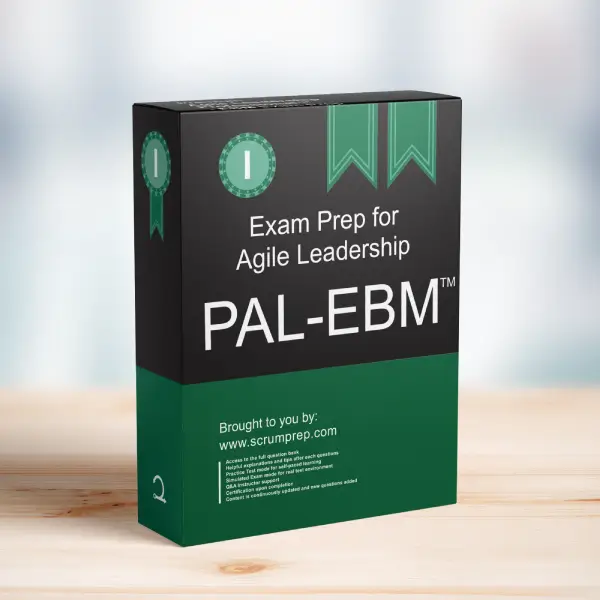Running Effective Product Improvement Experiments
Running effective product improvement experiments is essential for validating hypotheses and making data-driven decisions. This article explores the key elements needed to run successful experiments in an Agile context.
Exam Question
What do you need to know to run an effective product improvement experiment?
(choose the best answer)
A. The target audience for the experiment.
B. The satisfaction gap of the people targeted by the experiment.
C. What you are doing to reduce the satisfaction gap of the people targeted by the experiment.
D. How you will know whether your change was successful in achieving your desired result.
E. All of the above.
Correct Answer
E. All of the above.
Explanation
Correct Answer
E. All of the above:
To run an effective product improvement experiment, it is crucial to understand all the listed elements:
- The target audience for the experiment: Knowing who the experiment is aimed at ensures that the results are relevant and can be accurately measured.
- The satisfaction gap of the people targeted by the experiment: Understanding the gap between current satisfaction and desired satisfaction helps in identifying the specific areas that need improvement.
- What you are doing to reduce the satisfaction gap of the people targeted by the experiment: Clearly defining the actions taken to address the satisfaction gap allows for focused and effective experimentation.
- How you will know whether your change was successful in achieving your desired result: Establishing clear metrics and criteria for success ensures that the outcomes of the experiment can be objectively evaluated.
Why Each Element is Important
Target Audience: Identifying the target audience ensures that the experiment addresses the right group of users or customers whose feedback is critical.
Satisfaction Gap: Understanding the satisfaction gap helps in pinpointing the specific issues or areas where improvement is needed.
Actions to Reduce Gap: Defining the actions to be taken provides a clear plan for the experiment, making it easier to implement and measure.
Success Criteria: Having clear success criteria allows for an objective assessment of whether the experiment achieved its goals.
Benefits of a Well-Run Experiment
- Focused Improvements: Targeting specific satisfaction gaps ensures that improvements are relevant and impactful.
- Data-Driven Decisions: Clear metrics and success criteria provide empirical evidence for decision-making.
- Customer-Centric Approach: Understanding and addressing customer needs leads to higher satisfaction and better product-market fit.
- Continuous Improvement: Regular experimentation fosters a culture of continuous improvement and innovation.
EBM Framework Insights
- Current Value (CV): Effective experiments help in understanding and improving the current value delivered to customers.
- Unrealized Value (UV): Identifying and closing satisfaction gaps reveals opportunities for future value.
- Ability to Innovate (A2I): Continuous experimentation promotes innovation by testing new ideas and approaches.
- Time to Market (T2M): Efficient experiments can speed up the delivery of valuable improvements to the market.
Relevance to the PAL-EBM Exam
Understanding the essential elements of running effective product improvement experiments is crucial for the PAL-EBM exam. This knowledge demonstrates the ability to apply empirical principles to drive continuous improvement and value delivery.
Key Takeaways
- Running effective experiments requires a clear understanding of the target audience, satisfaction gaps, actions to reduce gaps, and success criteria.
- Focused experiments lead to data-driven decisions and customer-centric improvements.
- Continuous experimentation fosters a culture of innovation and rapid iteration.
Conclusion
Running effective product improvement experiments involves understanding the target audience, satisfaction gaps, actions to address these gaps, and clear success criteria. By focusing on these elements, organizations can make informed decisions that enhance customer satisfaction and drive continuous improvement. For more information on preparing for the PAL-EBM exam, visit our Professional Agile Leadership PAL-EBM™ Exam Prep.





